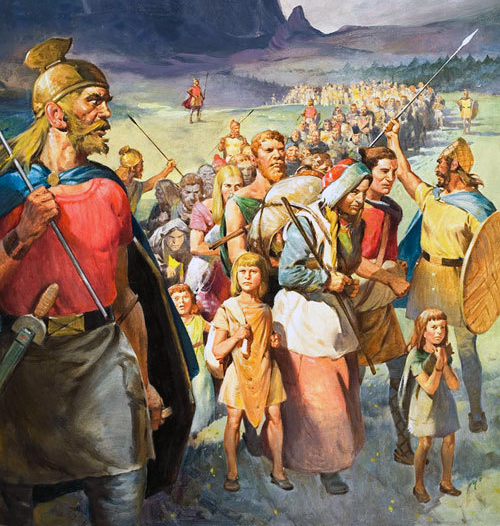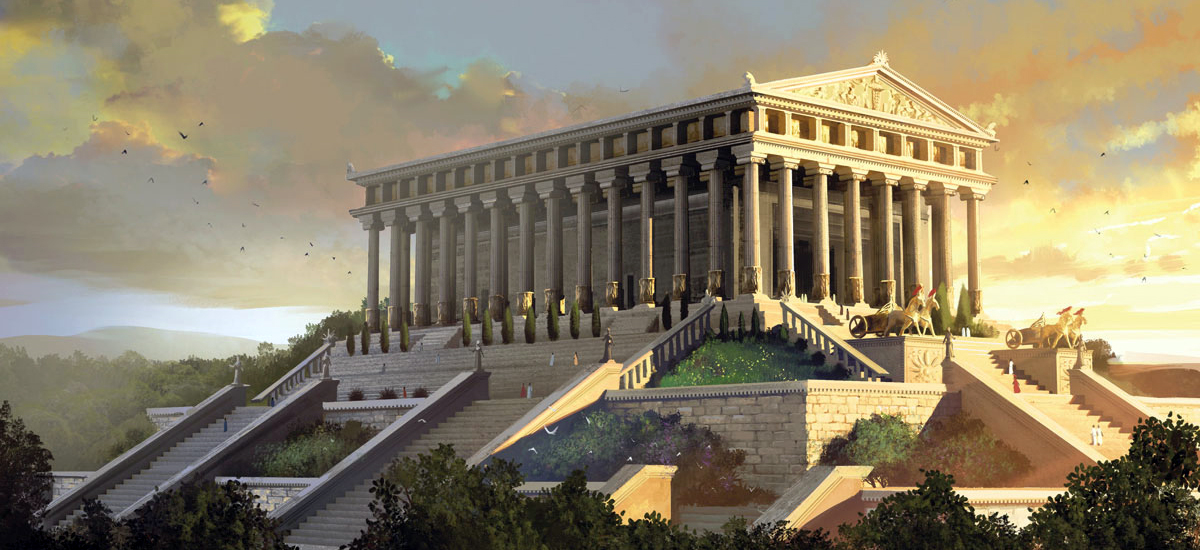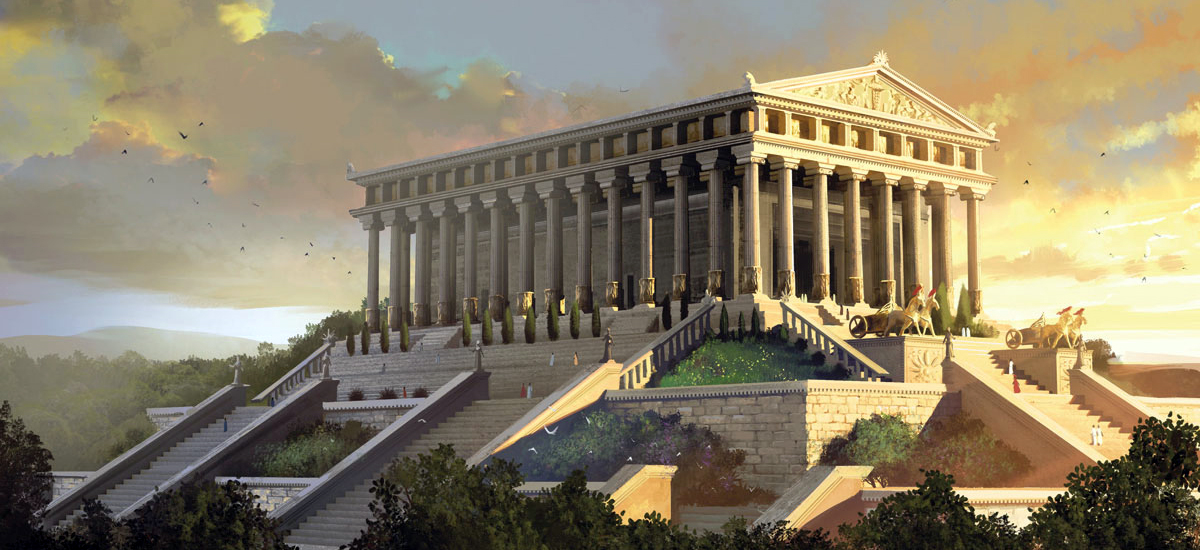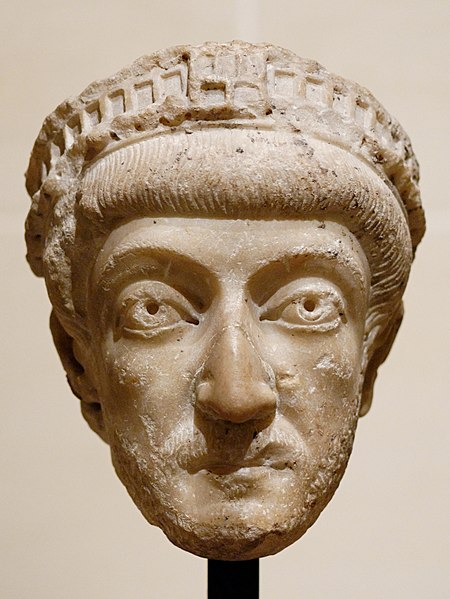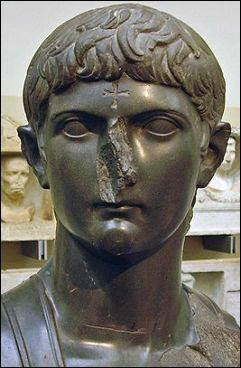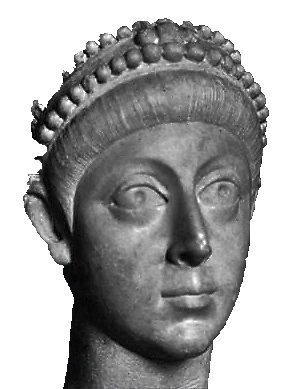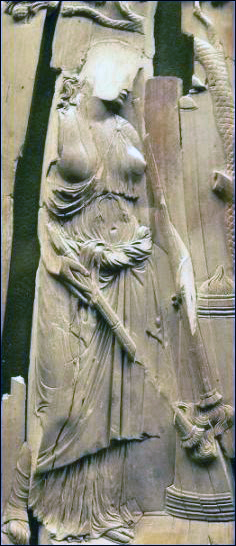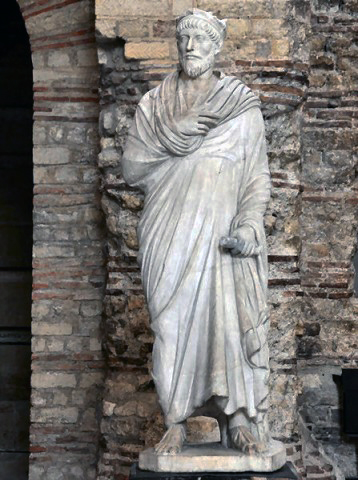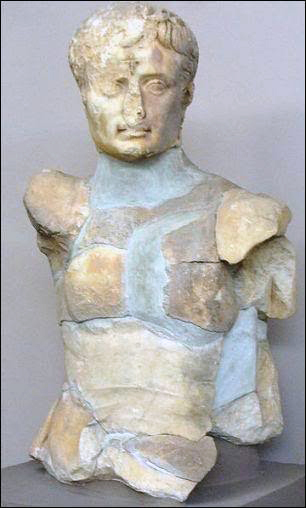by Ferdinand Bardamu
 Christianity: destroyer of empires
Christianity: destroyer of empires
Christianity was a key factor in Rome’s decline. When the church became the dominant institution of late classical antiquity, it became a significant drain on the economic resources of the empire. This was not a simple wealth transfer; funds for pagan temples and shrines were not simply diverted from secular coffers to finance ecclesiastical growth.
Unlike the pagan cults, the Nicene state religion was administered by a vast centralized bureaucracy, whose reach was empire-wide and whose officials were more numerous and more highly paid than those of the state. Revenue that could have been used to improve infrastructure, such as the building of roads, bridges, aqueducts and theatres went towards the building of useless structures like churches and monasteries and the feeding of “idle mouths”: monks, priests and bishops, who contributed nothing of material or economic value to the state.
This tremendous waste of resources becomes even more staggering when one considers the relatively low level of technological and scientific development in the empire. Actual labor-saving devices were rare, so productive labor was done by hand or with the help of oxen. The amount of manpower needed to feed, clothe and house the “idle mouths” of the Christian church was considerably more than what was needed for a typical official of the Roman civil service.
The enormous talents of men like Athanasius and John Chrysostom, who would have been better employed defending the empire as able generals and rulers, were instead wasted on expanding the power and influence of the church in daily life. Indeed, valuable manpower and material resources squandered in the service of “idle mouths” is a recurring theme in the history of Christianity. The Christian concern for “idle mouths” exerted a profoundly dysgenic effect on the European gene pool.
Europe’s cognitive elite, instead of passing on their genes, were encouraged to withdraw from society and embrace the spiritual discipline of perpetual chastity or virginity. This negatively affected average population IQ, leaving the church with an abundance of easily controlled and docile serfs less able to maintain the civilization around them with each passing generation. Thomas Aquinas is the prime casualty of this destructive waste of human talent. His genius would have been more profitably employed in the field of medicine or experimental physics; instead, it was foolishly squandered on angelology and other medieval superstitions.
The worst destruction inflicted on the western empire was, of course, perpetrated by Christians. The great sack of Rome in 411—considered a decisive moment in the decline of the West—was perpetrated by an Arian Christian. The sack of Rome in 455, even more devastating than the first barbarian rampage through the eternal city, was perpetrated by another Christian, who had earlier weakened the empire by seizing the province of Africa as his own personal fiefdom. And of course, the person who delivered the final coup de grace, effectively ending Roman imperial rule in the West and inaugurating the Dark Ages in western Europe, was also a Christian.
Apologists typically deny Christianity’s role in imperial decline, retorting that Byzantium survived the fall of the Latin West. Our Christian excuse-makers fail to realize that the east was richer and more populous. This allowed the Byzantine state to better absorb the tremendous internal damage caused by the depredations of the parasitical Nicene state religious cult. There are also geographical reasons for Byzantine survival. The eastern emperor had a much shorter frontier to defend. Constantinople, the imperial capital, was surrounded by a series of massive fortifications begun by Constantine and completed in the early 5th century. These were virtually impregnable to barbarian invaders. Unlike the east, the west had no second line of defense.
The Nicene state religious cult forced Rome to her knees, drawing the curtain over classical antiquity. The civilizational collapse that followed is known as the Dark Ages, when post-Roman Europe underwent a significant decline in living standards.
When Christians were at their most powerful, the roads and highways that covered the empire fell into disrepair; use of bridges and aqueducts virtually ceased; knowledge of building in stone and mortar almost disappeared; literacy, such as it was, disappeared, with the exception of the clergy; personal standards of hygiene disappeared; indoor plumbing disappeared; large areas of the former empire were depopulated, and lastly; use of coinage nearly ceased, signifying an end to the complex monied economy of Roman times.
Christian hegemony in Byzantium led to centuries of scientific and technological stagnation. There was even a Byzantine Dark Age that lasted for hundreds of years. During this period, borders shrank, cities were reduced to fortified enclaves, money gave way to barter, and Byzantine literature consisted of reams of insipid hagiography.
This was the world of Christianity: a world of profound ignorance and stupidity, where brutal men, under the guise of religion, tyrannized over a weak and helpless populace. The Dark Ages were Christianity’s gift to Europe. They were ushered in by Christians, presided over by Christians and prolonged for centuries by Christians. Europe endured one of its darkest hours when Christians were at the apogee of their power and influence.


